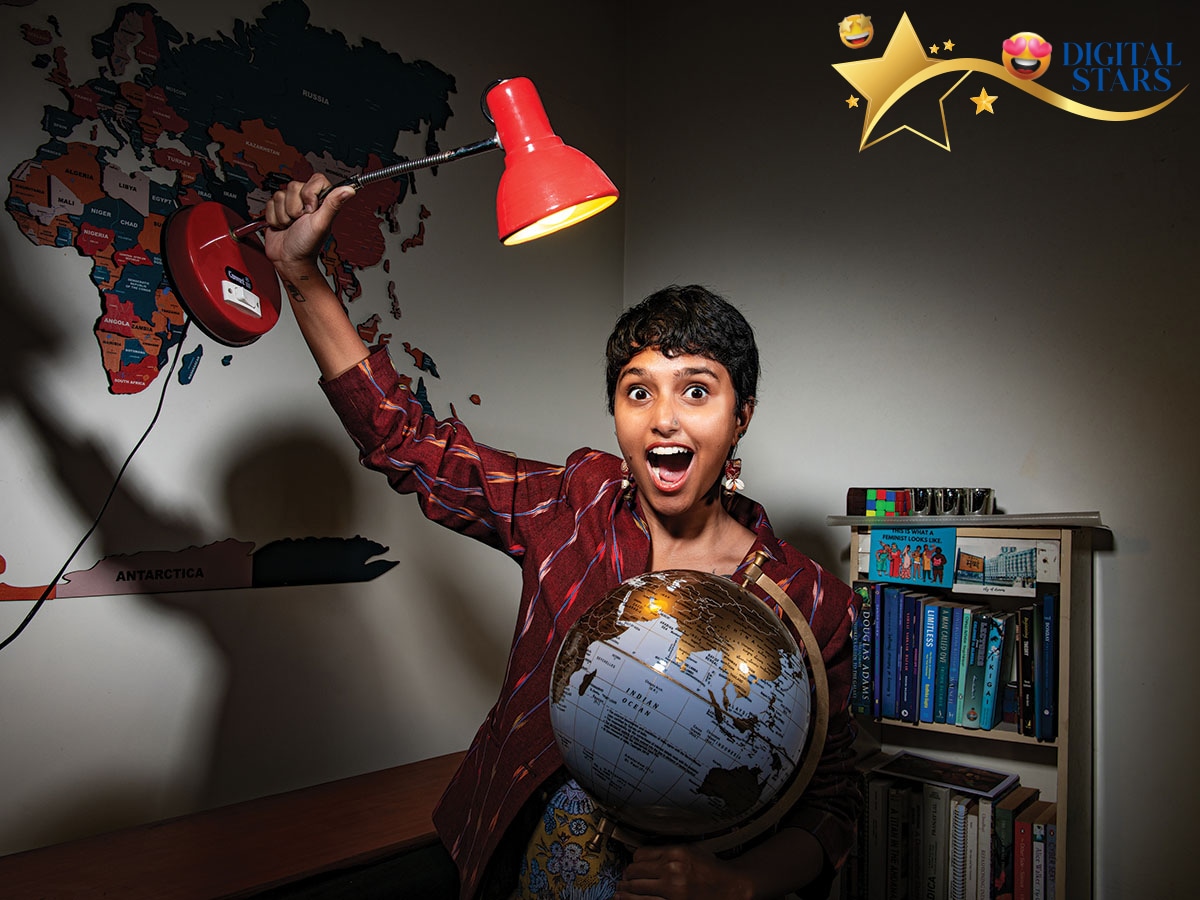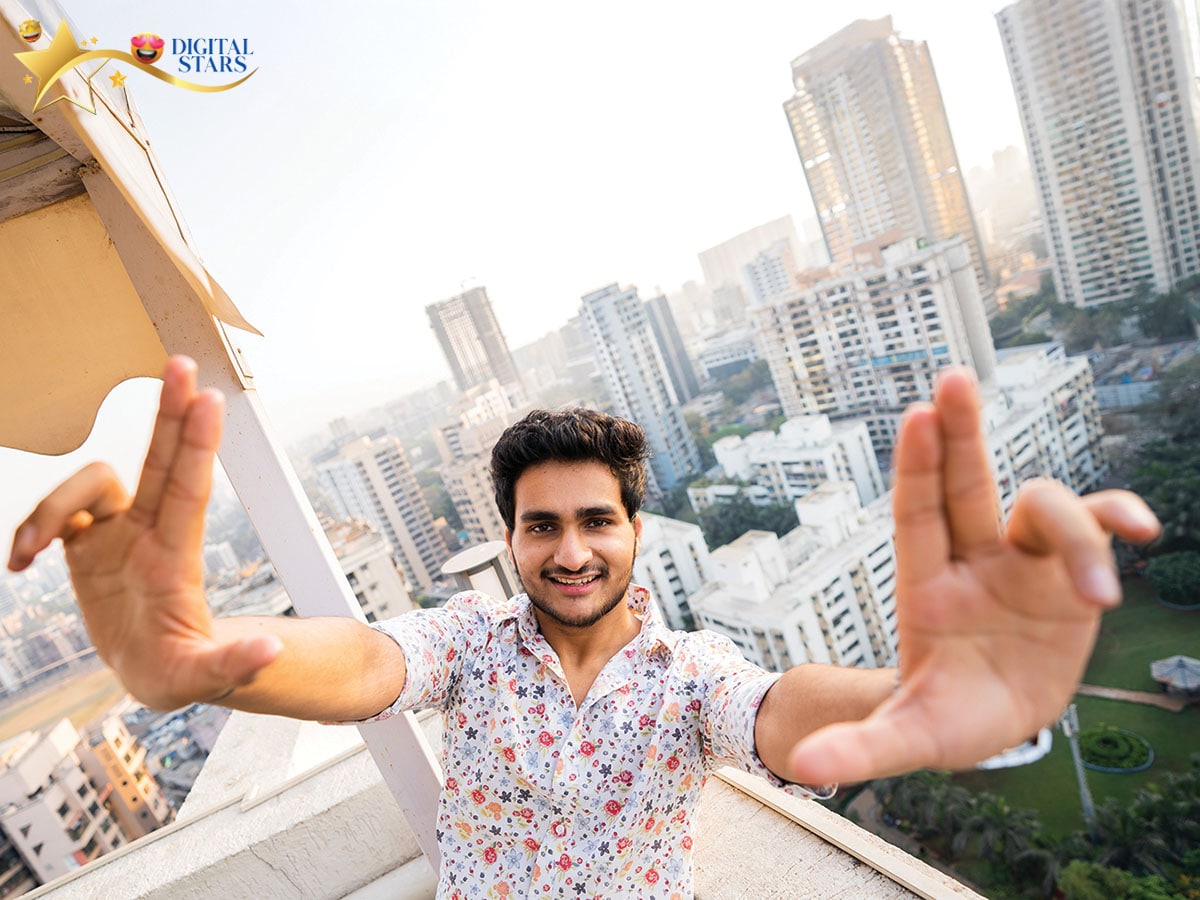Keeping it real: Content creators redefine influence by talking struggles
While their experiences evoke a sense of comfort and community, it cannot be seen as a pathway to recovery
 Content creator, Kavya Karnatac
Image: Amit Verma
Content creator, Kavya Karnatac
Image: Amit Verma
Loved how transparent you are with us about all of this. Thank you for not setting unrealistic beauty standards and being vocal about it because all of this could be misleading to the young girls who’re watching you, so kudos to you for that.”
This is a viewer’s comment on fashion and beauty influencer Aanam Chashmawala’s 2021 video showing her experience with getting lip fillers—injections that add volume to the lips. It’s just one among hundreds that praise her for being honest with her followers.
“I wouldn’t ever want anyone to feel insecure based on what they see me with. So, I believe in utmost transparency,” says Chashmawala.
With content creators like her, and others who are now openly discussing many issues—their mental health struggles or rejecting lucrative brand deals that don’t match their ethical values—India’s influencer marketing landscape is undergoing a shift.
“Creators are embracing vulnerability, sharing authentic stories, and redefining influence,” says Apaksh Gupta, founder and CEO, One Impression, an influencer marketplace. “By ditching the facade, they’re building trust, fostering empathy, and normalising mental health discussions.”
(This story appears in the 18 October, 2024 issue of Forbes India. To visit our Archives, click here.)




















